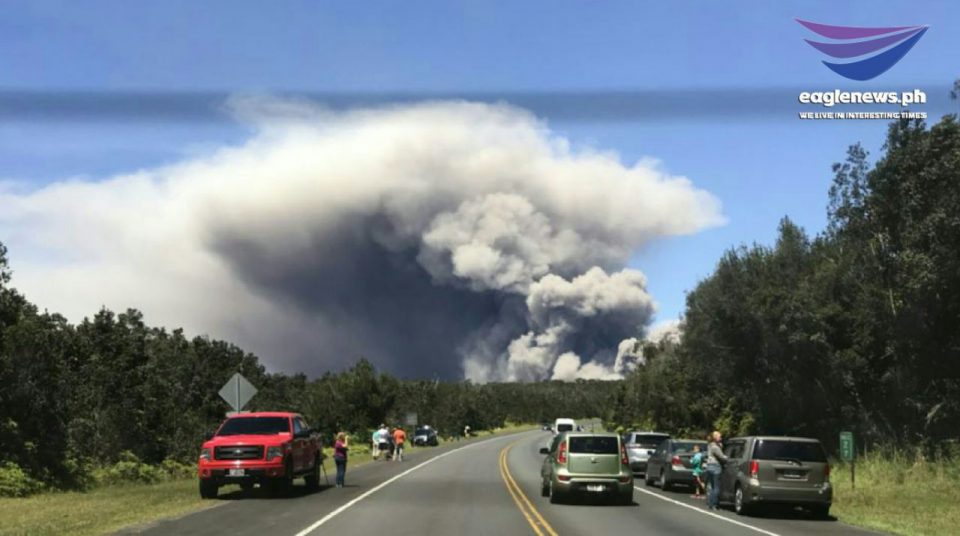
By Alfred Acenas
EBC Hawaii Bureau
HONOLULU (Eagle News) – The scientific community and the public have long thought that Mauna Loa, currently an active shield volcano on Hawaii’s Big Island, was the largest volcano in the world.
However, after researchers from the University of Hawaii surveyed the ocean floor along the mostly submarine Hawaiian volcano chain northwest of the Aloha State, they came to a new conclusion. Pūhāhonu, meaning “turtle rising for breath” in Hawaiian, is nearly twice as big as Mauna Loa, which currently rises at 56,000 feet (17,069 meters) when measured from its underwater base.
The now-largest and hottest shield volcano on Earth was revealed by members of the university’s School of Ocean and Earth Science and Technology (SOEST). In a recent study, a team of volcanologists and ocean explorers used several lines of evidence to determine Pūhāhonu, a volcano within the Papahānaumokuākea Marine National Monument, holds this distinction.
“It has been proposed that hotspots that produce volcano chains like Hawaii undergo progressive cooling over 1-2 million years and then die,” said Michael Garcia, lead author of the study and retired professor of earth sciences at SOEST. “However, we have learned from this study that hotspots can undergo pulses of melt production. A small pulse created the Midway cluster of now-extinct volcanoes and another, much bigger one created Pūhāhonu. This will rewrite the textbooks on how mantle plumes work.”

In 1974, Pūhāhonu (then called Gardner Pinnacles) was suspected to be the largest Hawaiian volcano based on very limited survey data. Subsequent studies of the Hawaiian Islands concluded that Mauna Loa was the largest volcano, but they included the root of the volcano that is below the seafloor that was not considered in the 1974 study. The new comprehensive surveying and modeling, using methods similar to those applied to Mauna Loa, show that Pūhāhonu is the largest.
This study highlights Hawaiian volcanoes that have been erupting some of the hottest magma on Earth for millions of years.
Papahānaumokuākea is the largest contiguous fully protected conservation area under the U.S. flag and one of the largest marine conservation areas in the world. Designated as a World Heritage Site in 2010 by the United Nations Educational, Scientific, and Cultural Organization (UNESCO), the marine monument encompasses 582,578 square miles of the Pacific Ocean (1,508,870 square kilometers), an area larger than all the American national parks combined.
(Eagle News Service)
